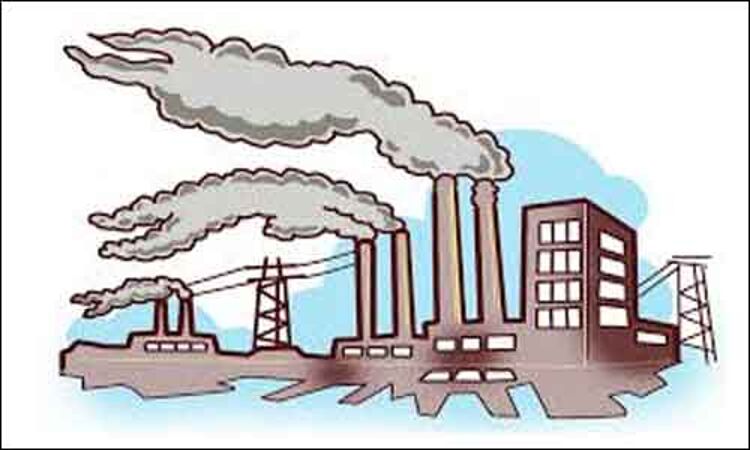- Home
- Medical news & Guidelines
- Anesthesiology
- Cardiology and CTVS
- Critical Care
- Dentistry
- Dermatology
- Diabetes and Endocrinology
- ENT
- Gastroenterology
- Medicine
- Nephrology
- Neurology
- Obstretics-Gynaecology
- Oncology
- Ophthalmology
- Orthopaedics
- Pediatrics-Neonatology
- Psychiatry
- Pulmonology
- Radiology
- Surgery
- Urology
- Laboratory Medicine
- Diet
- Nursing
- Paramedical
- Physiotherapy
- Health news
- Fact Check
- Bone Health Fact Check
- Brain Health Fact Check
- Cancer Related Fact Check
- Child Care Fact Check
- Dental and oral health fact check
- Diabetes and metabolic health fact check
- Diet and Nutrition Fact Check
- Eye and ENT Care Fact Check
- Fitness fact check
- Gut health fact check
- Heart health fact check
- Kidney health fact check
- Medical education fact check
- Men's health fact check
- Respiratory fact check
- Skin and hair care fact check
- Vaccine and Immunization fact check
- Women's health fact check
- AYUSH
- State News
- Andaman and Nicobar Islands
- Andhra Pradesh
- Arunachal Pradesh
- Assam
- Bihar
- Chandigarh
- Chattisgarh
- Dadra and Nagar Haveli
- Daman and Diu
- Delhi
- Goa
- Gujarat
- Haryana
- Himachal Pradesh
- Jammu & Kashmir
- Jharkhand
- Karnataka
- Kerala
- Ladakh
- Lakshadweep
- Madhya Pradesh
- Maharashtra
- Manipur
- Meghalaya
- Mizoram
- Nagaland
- Odisha
- Puducherry
- Punjab
- Rajasthan
- Sikkim
- Tamil Nadu
- Telangana
- Tripura
- Uttar Pradesh
- Uttrakhand
- West Bengal
- Medical Education
- Industry
Prenatal exposure to air pollution associated with growth delays

Prenatal exposure to air pollution has been linked to various adverse effects on children's health, including lower birth weight and respiratory and neurodevelopmental problems. However, very little is known about how air pollution affects physical growth in the first years of life.
Researchers have found an association between exposure to air pollution during pregnancy and delays in physical growth in the early years after birth.The Spanish stud has been published in Environment International.
The study analysed data from more than 1,700 mother-child pairs from Asturias, Gipuzkoa, Sabadell and Valencia enrolled in the birth cohort of the INMA Environment and Childhood Project.
The researchers estimated the exposure to nitrogen dioxide (NO2) and fine particulate matter (PM2.5)--two of the most common traffic-related air pollutants in cities--during the first trimester of pregnancy, using models based on levels of these pollutants measured in the study area. The evolution of the children's body mass index (BMI) from birth to age four years was recorded. Height and weight were measured at four years of age.
The results showed that greater exposure to particulate matter during the first trimester of pregnancy was associated with a higher risk of lower weight and body mass index at four years of age. Results for NO2 exposure were similar but did not reach statistical significance.
"This prospective study suggests that exposure to air pollution during pregnancy may be associated with delays in physical growth in the first years of life," commented ISGlobal researcher Serena Fossati, lead author of the study. "The implication of our findings is that prenatal exposure to air pollutants has a lasting effect on growth after birth and that this parameter should be followed up at later ages."
The biological mechanisms underpinning the adverse effects of air pollution on childhood growth "remain unclear", according to ISGlobal researcher Martine Vrijheid, the study coordinator. "The hypotheses we are considering include oxidative stress and inflammation, interference with thyroid hormones, induction of cell death due to DNA damage, and an increased risk of respiratory diseases and other health problems that could delay growth."
"What is clear is that the adverse effects of air pollution begin in the prenatal phase, so pregnant women should be considered a priority group in public health policies aimed at reducing the population's exposure to air pollution," concluded Vrijheid.
For more details click on the link: http://dx.doi.org/10.1016/j.envint.2020.105619
Hina Zahid Joined Medical Dialogue in 2017 with a passion to work as a Reporter. She coordinates with various national and international journals and association and covers all the stories related to Medical guidelines, Medical Journals, rare medical surgeries as well as all the updates in the medical field. Email: editorial@medicaldialogues.in. Contact no. 011-43720751
Dr Kamal Kant Kohli-MBBS, DTCD- a chest specialist with more than 30 years of practice and a flair for writing clinical articles, Dr Kamal Kant Kohli joined Medical Dialogues as a Chief Editor of Medical News. Besides writing articles, as an editor, he proofreads and verifies all the medical content published on Medical Dialogues including those coming from journals, studies,medical conferences,guidelines etc. Email: drkohli@medicaldialogues.in. Contact no. 011-43720751


